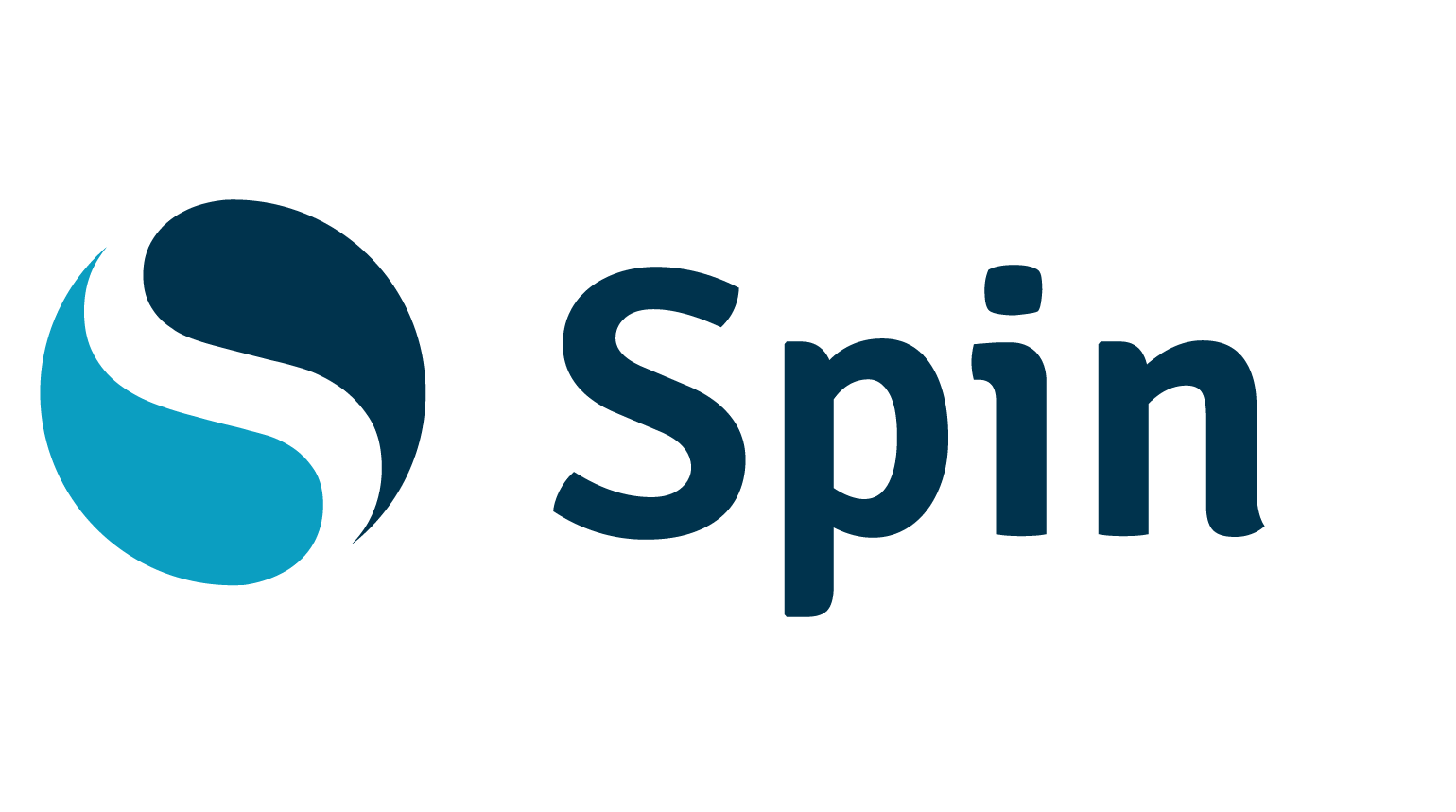Spin
Overview
Spin is a container-based platform* at NERSC designed for you to deploy your own science gateways, workflow managers, databases, API endpoints, and other network services to support your scientific projects. Services in Spin are built with Docker containers and can easily access NERSC systems and storage.
Who Uses Spin?
The flexibility of Docker makes Spin useful for many projects. A few examples:
 The Dark Energy Spectroscopic Instrument (DESI) project operates databases and tools for data movement that support continuous workflows.
The Dark Energy Spectroscopic Instrument (DESI) project operates databases and tools for data movement that support continuous workflows.- ESS-DIVE is a data repository that facilitates sharing and discovery of earth sciences data sets using the Metacat research data catalog system atop NERSC storage.
- The LZ Dark Matter Experiment has built custom workflow tools and science gateways that help collaborators organize the experiment and analyze and visualize notable detector events.
- Phytozome, a project of the Joint Genome Institute, offers a comprehensive library of plant genomics data.
- ScienceSearch provides deep search into research data sets by generating robust metadata from ML techniques that incorporate user tagging and training.
NERSC also uses Spin as a frontend for some of its most popular services, such as JupyterHub.
If your project needs a persistent service to help with workflow operations, manage or disseminate project data, or otherwise interact with NERSC systems, Spin may be for you!
Spin is Kubernetes-Based
The system underlying Spin, called Rancher, is a management and orchestration framework for Kubernetes clusters. The current Rancher system offers many of the same features that users of Kubernetes will find familiar, but with an intuitive web-based user interface. Provided alongside Rancher is a container image registry based on the popular Harbor system.
Access to Rancher and the image registry is provided through the SpinUp Workshop program, which will offer full interactive workshops for new users and self-guided orientation for existing users.
Get Started and Get Help
Whether you're new to Spin or a seasoned expert with container technology, there are several ways to get up to speed quickly.
New users may attend an interactive SpinUp Workshop that covers important concepts, demonstrates tools and techniques, and explains your responsibilities when deploying services at NERSC.
Subject to NERSC approval, new users who have a time-sensitive need for access and are joining a project team of well-established Spin users may follow Self-Guided SpinUp as an alternative to the interactive option.
Users who attended a workshop using the legacy Rancher 1 system in the past may also follow Self-Guided SpinUp to come up to speed quickly.
For more details about getting access to Spin, see the full listing of Spin Training and Tutorials.
For help using Spin, NERSC provides the following resources:
Users must have an active NERSC account and either attend an interactive workshop or complete the self-guided alternative for access to Spin.
A basic understanding of Docker technology is recommended.
See Spin in Action
See this video for a high-level description of Spin (0:00 - 10:15), a demonstration of building a simple service (10:15 - 15:45), and an overview of the LZ Dark Matter Experiment and demo of the Offline Event Viewer, a tool the collaboration developed and deployed in Spin to visualize and analyze detector events (16:00 - 41:00).
This recording is from the NERSC Superfacility Demo Series and was produced on May 27, 2020.
Logo Graphics
Want to reference Spin in your paper, poster, or presentation slides?
We supply the official Spin graphics for print and web media designed for use on light or dark backgrounds and in both horizontal and vertical layouts.
* In cloud terms, a "Containers-as-a-Service (CaaS)" platform.







